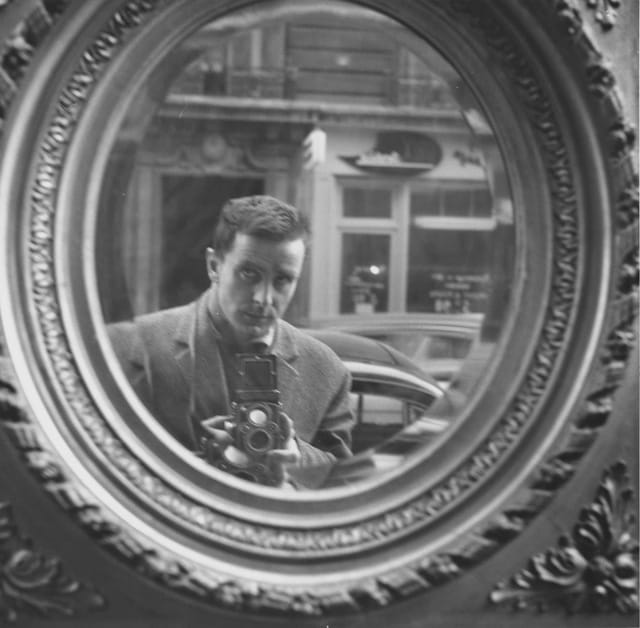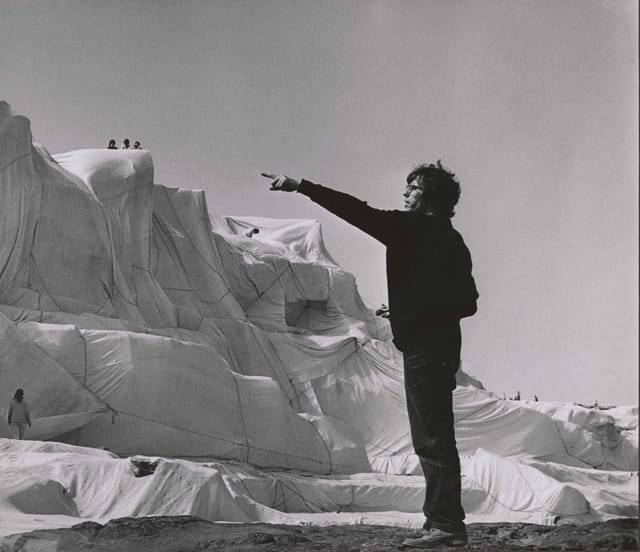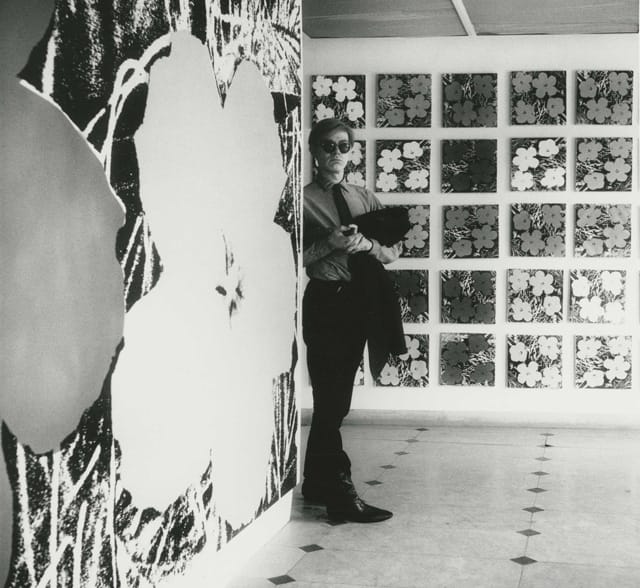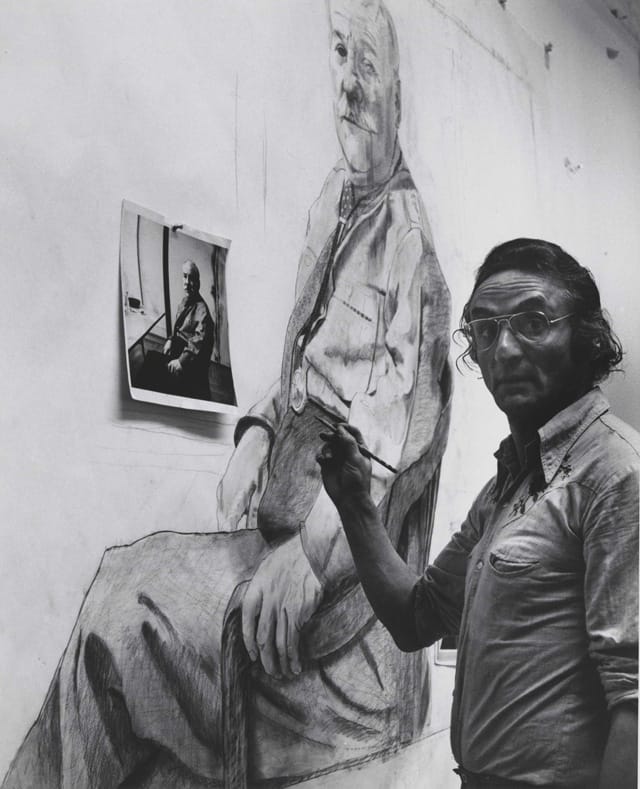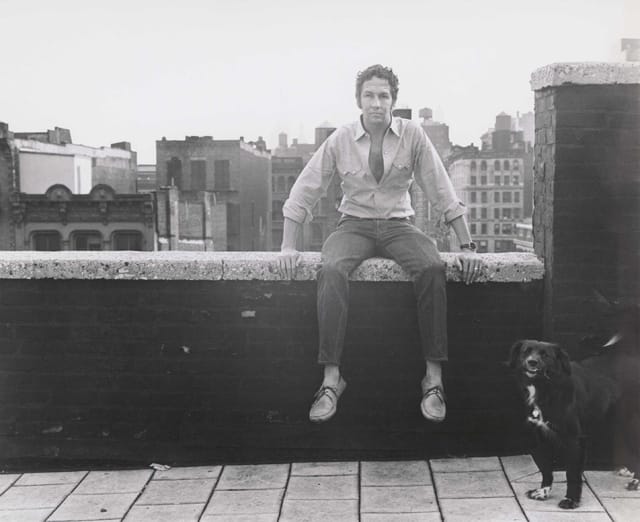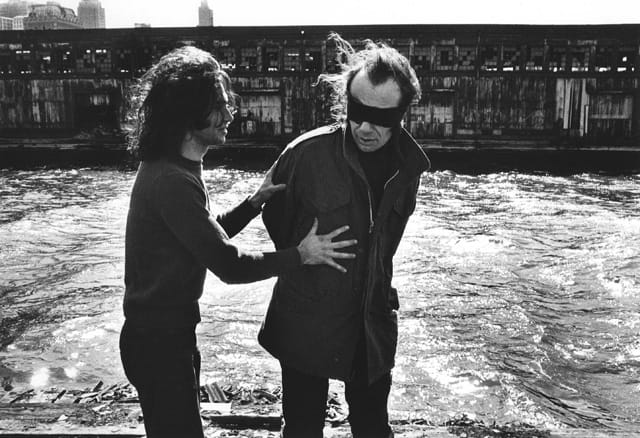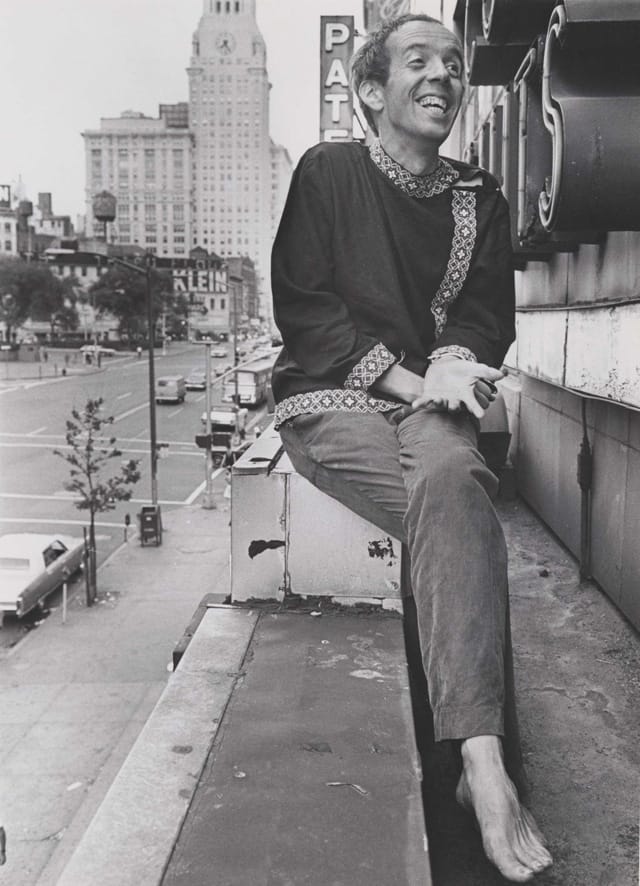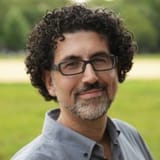Two Photographers Emerge from the Shadows with Over 400 Artist Portraits
Few people may know the names of Shunk-Kender, but the pair of photographers behind that hyphenated moniker have captured many of the most famous images of post-war modern and contemporary art in Paris and New York and together they documented many ephemeral events that would've been lost to history

Few people may know of Shunk-Kender, but the pair of photographers behind that hyphenated moniker have captured many of the most famous images of post-war modern and contemporary art in Paris and New York. Together they documented many ephemeral events that would have been lost to history if it were not for their work.
This week, the images created by these once largely unknown photographers may be slowly emerging from the shadows of art history as the Roy Lichtenstein Foundation announced that they will be donating approximately 200,000 black and white prints, color prints, negatives, contact sheets, and color transparencies and slides from its Harry Shunk and Shunk-Kender Photography Collection to five institutions:
- The Getty Research Institute (Los Angeles), which will receive the largest gift (183,000 items) and manage the photographers’ copyright,
- Centre Pompidou in Paris (10,000 items, as well as low- and high-resolution images representing most of the artists, events and exhibitions seen in the GRI materials), which it will share with the the UK’s Tate,
- the Museum of Modern Art in New York (638 prints, including a set of 5 prints of Yves Klein’s “Leap into the Void” and 92 prints of Yayoi Kusama’s happenings The Anatomic Explosion and Mirror Performance, both 1968, and a near-complete extant set of photographs of Willoughby Sharp’s Pier 18 exhibition from 1971, which featured John Baldessari, Mel Bochner, Daniel Buren, Dan Graham, Gordon Matta-Clark, Dennis Oppenheim, Richard Serra, and Michael Snow creating ephemeral performances or projects on the pier), and
- the National Gallery of Art in Washington, DC (2,300 prints, including all the Christo photographs in the collection).

The bulk of the photographs in the collection date from 1958–1973, and include images of 400 artists, musicians, and choreographers, many of whom have gone on to become world-renowned figures, including Vito Acconci, Arman, Joseph Beuys, Lee Bontecou, Trisha Brown, Alexander Calder, Christo and Jeanne-Claude, Merce Cunningham, Lucio Fontana, the Gutai Group, Eva Hesse, Jasper Johns, Donald Judd, Yayoi Kusama, Joan Miró, Bruce Nauman, Barnett Newman, Nam June Paik, Michelangelo Pistoletto, Man Ray, Robert Rauschenberg, Lou Reed, Niki de Saint Phalle, Jean Tinguely, Cy Twombly, Andy Warhol, and Lawrence Weiner.
One image in particular, Shunk-Kender’s iconic photograph of Yves Klein’s “Leap Into the Void” (1960) has become one of the most important images of post-war European art.
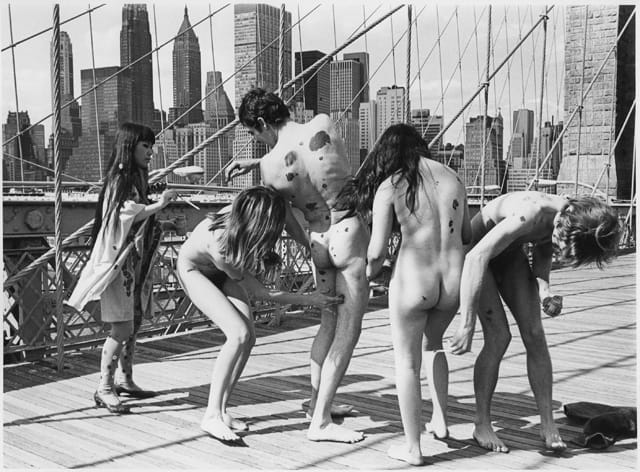
Harry Shunk was born 1924 in Reudnitz, Germany, near Leipzig, while János (Jean) Kender was born in Baja, Hungary in 1937. Shunk was conscripted into the German army at the start of World War II, but he was taken prisoner and interned in England. After the war he eventually made his way to Paris, where he met Kender, who had fled to France in 1956 in the wake of the Hungarian uprising. The two men met in 1957 and began to work together the following year as partners, formally crediting all their photographs to “Shunk-Kender.” The pair moved to Canada in 1967 before relocating to New York City, where they chronicled the art world. In late 1973, they formally dissolved their creative partnership. Shunk died in his home and studio in Westbeth in New York City on June 26, 2006. Kender died on December 5, 2009, in a welfare hospice in West Palm Beach, Florida.
